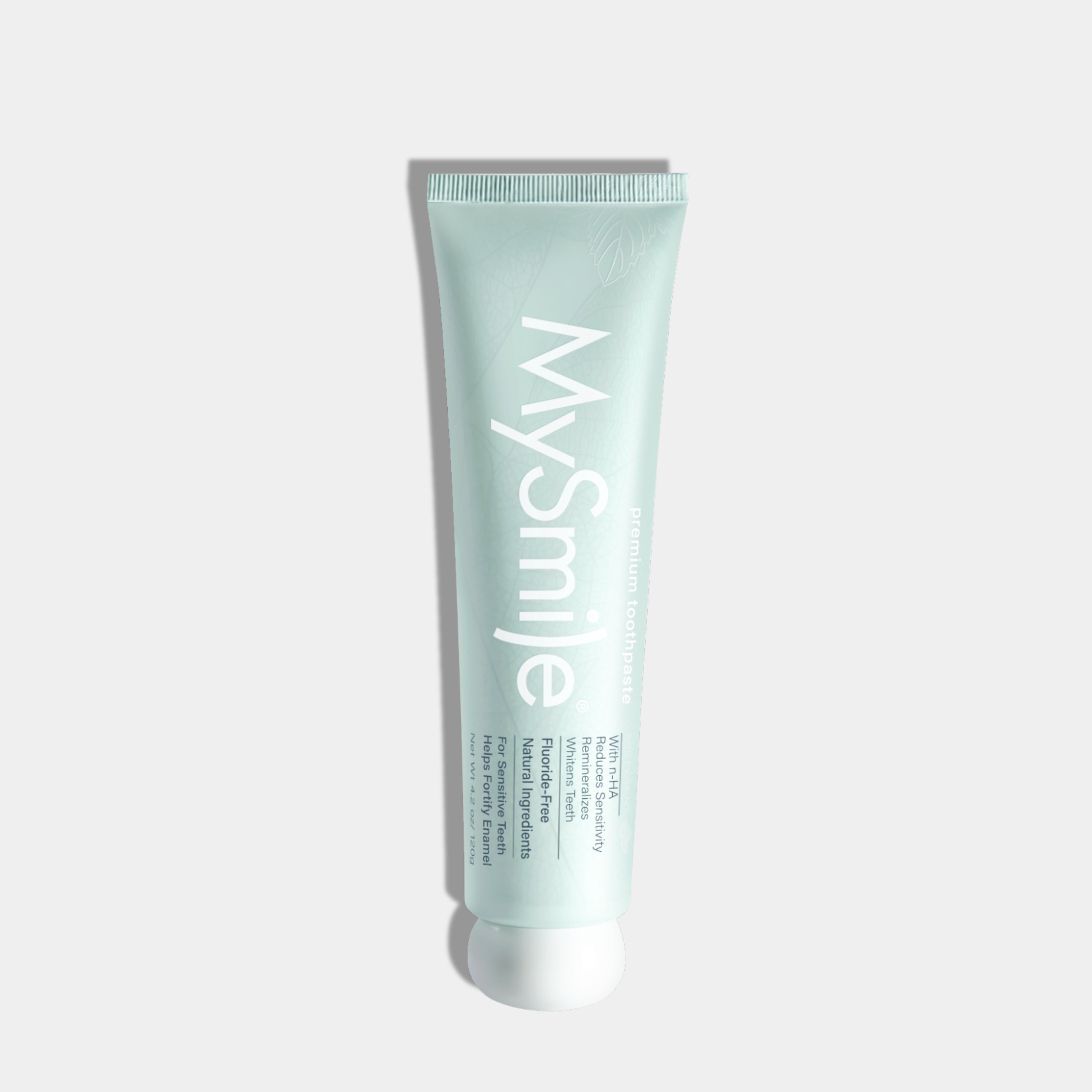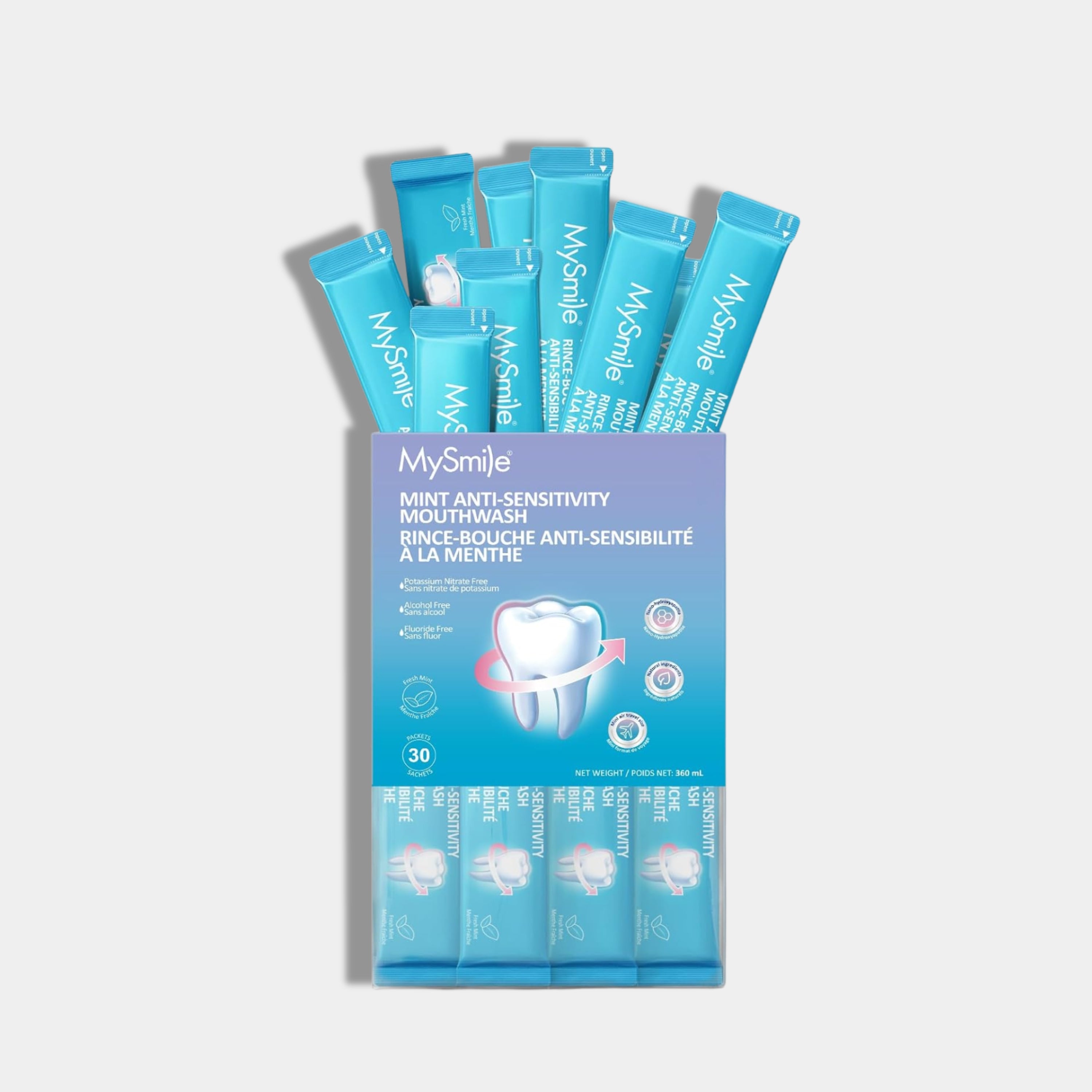In the age of personal grooming and self-care, having a vibrant, white smile has never been so alluring. Through the innovation of dental technology, achieving the perfect pearly whites has become increasingly accessible and manageable. Enter teeth whitening strips—a versatile and popular method for brightening your smile from home. But are they really the magic wand we've been looking for, or do they come with their own set of caveats? This piece will meticulously explore the various pros and cons of these strips to unravel the truth.
Navigating the Advantages of Teeth Whitening Strips
Convenient Home Use
One of the most significant appeals of using teeth whitening strips is the convenience they offer. Unlike professional treatments that require a visit to the dentist's office, strips can be used within the comfort of your own space. This convenience makes them a top choice for individuals with busy schedules or those who prefer privacy when it comes to their dental care.
Affordable Option
Not everyone can afford the high cost of professional whitening treatments. Whitening strips provide an affordable option for individuals looking to enhance their smile without breaking the bank. They are significantly cheaper than dentist procedures, making them an accessible choice for a broader demographic.
Easy Application
The steps to applying teeth whitening strips are relatively straightforward. Most strips are designed for quick and uncomplicated use, involving just a few minutes a day for several days. The simplicity of the process is a major advantage, as it doesn't require any special skills or knowledge of dental care.
No Equipment Necessary
Whitening strips negate the need for any additional dental equipment, unlike pastes or trays, which may require specific gear or cleaning after use. For someone who prefers a minimalist approach to hygiene, strips are a convenient choice that steers clear of the clutter associated with other whitening products.
The Dark Side of Teeth Whitening Strips: Drawbacks to Consider
Potential for Gum Irritation
One of the most common complaints associated with teeth whitening strips is the potential for gum irritation. This can occur if the strip comes into contact with the sensitive tissues of the gums. While advancements have been made in strip design to mitigate this risk, it's still a concern for many users.
Uneven Whitening Results
Achieving uniform whitening can be a challenge with strips. The strips may not adhere perfectly to the teeth, leading to inconsistency in the application of the whitening agent. This can result in some teeth appearing whiter than others, which isn't the desired outcome for most users.
Sensitivity Issues
Some users report increased tooth sensitivity after using whitening strips. This sensitivity can be temporary or persist for a longer duration, causing discomfort or pain when consuming hot or cold foods and beverages. For those with existing sensitivity, this can be a significant deterrent.
Limited Effectiveness on Certain Stains
Teeth whitening strips are effective at removing certain types of stains, primarily those caused by food and drink. However, they may not be as successful at tackling some deeper or more stubborn discoloration, such as that caused by tobacco or certain medications.
The Science Behind Teeth Whitening Strips
How They Work
The active ingredient in most teeth whitening strips is hydrogen peroxide or carbamide peroxide, which breaks down stain molecules, revealing the tooth's natural color. This is achieved through a process called oxidation, where the peroxide reacts with the pigmented molecules in the teeth.
Understanding Tooth Structure
Tooth enamel is translucent, and the layer underneath, dentin, is typically a yellowish color. The aim of a whitening treatment is to effectively lighten the dentin. The peroxide in whitening strips penetrates the enamel to target the dentin, altering its color and improving the overall shade of the teeth.
Efficacy of Teeth Whitening Strips
Generally, teeth whitening strips are effective at brightening teeth by several shades, with visible results often occurring after just a few days. However, the effectiveness of the strips will vary depending on the individual and the specifics of how they are used.
Side Effects and Risks
While teeth whitening strips are generally safe, there are some risks associated with their use. Overuse can lead to enamel erosion and gum irritation, and the wrong application can cause patches of uneven whitening.
Comparing Teeth Whitening Strips to Other Methods
Strips vs. Professional Whitening
Professional whitening procedures conducted by dentists often use higher concentrations of whitening agents, allowing for quicker and more thorough results. However, the cost and time commitment are significantly higher compared to at-home strips.
Strips vs. Whitening Toothpaste
Whitening toothpastes work on the surface stains of the teeth and are typically less effective than strips, which penetrate the enamel. However, they may be a milder and less costly alternative for those seeking a subtle change.
Strips vs. LED and Laser Treatments
These newer technologies claim to enhance the whitening process with light or laser activation. While they may provide faster results, the additional cost and the necessity of a dental setting still make strips a more practical choice for many.















